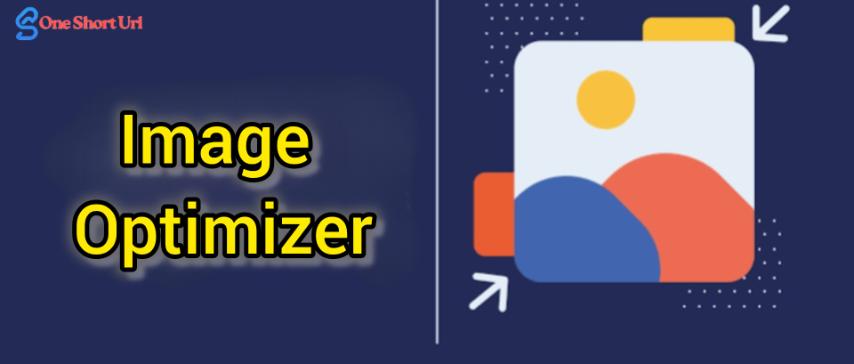
Image Optimizer: Enhance Website Speed and Performance Effortlessly
Created on 5 October, 2025 • Image Manipulation Tools • 19 views • 2 minutes read
An Image Optimizer is an essential tool for anyone managing a website, blog, or online store.
Images are an essential part of any website, adding visual appeal and helping communicate ideas more effectively. However, large or unoptimized images can slow down a site, negatively affecting user experience and search engine rankings. This is where an Image Optimizer comes in — a tool designed to reduce image file sizes without sacrificing visual quality, ensuring faster load times and better performance.
What Is an Image Optimizer?
An Image Optimizer is a tool or software that compresses image files to make them smaller and more efficient for web use. It removes unnecessary metadata, adjusts quality settings, and uses compression algorithms to minimize file size while maintaining visual clarity.
For example, an image that’s originally 2 MB can often be reduced to 300 KB or less using optimization techniques — without any visible loss in quality.
Image optimization can be applied to various file formats, including:
- JPEG / JPG – Ideal for photos and complex images.
- PNG – Best for graphics and images with transparency.
- GIF – Used for animations and simple graphics.
- WebP / AVIF – Modern formats with excellent compression and quality balance.
Why You Should Use an Image Optimizer
1. Improve Website Speed
Images often make up a large portion of a website’s total page weight. Optimizing them can significantly reduce loading time, leading to a faster and smoother browsing experience for visitors.
2. Boost SEO Rankings
Search engines like Google consider site speed as a ranking factor. A well-optimized website with lighter images not only loads faster but also improves your SEO performance and user engagement metrics.
3. Save Bandwidth and Storage
Smaller image files consume less bandwidth and storage space, which is beneficial for both website owners and users, especially on mobile networks or limited data plans.
4. Enhance User Experience
Fast-loading, high-quality images keep visitors engaged. An image optimizer ensures visuals look professional while maintaining excellent page responsiveness across all devices.
How an Image Optimizer Works
An Image Optimizer uses compression techniques — either lossy or lossless — to reduce image size.
- Lossy Compression: Removes some data from the image to achieve smaller file sizes, often without noticeable visual difference.
- Lossless Compression: Reduces file size without any data loss, maintaining original image quality.
The optimization process may include:
- Stripping unnecessary metadata (like camera settings).
- Resizing large images to fit display dimensions.
- Adjusting color depth and quality levels.
- Converting images to modern formats like WebP or AVIF for better efficiency.
Online tools and software such as TinyPNG, ImageOptim, and Squoosh make optimization simple — you can upload, compress, and download optimized images in seconds. Developers can also use libraries or APIs to automate this process across websites and applications.
Best Practices for Image Optimization
- Choose the Right Format – Use WebP or AVIF for modern browsers and JPG or PNG for compatibility.
- Resize Before Uploading – Avoid using images larger than the display size required.
- Compress Consistently – Use an image optimizer in your workflow to maintain uniform quality and performance.
- Use Lazy Loading – Load images only when they appear in the user’s viewport to improve initial page speed.
Conclusion
An Image Optimizer is an essential tool for anyone managing a website, blog, or online store. It ensures that images load quickly, look sharp, and enhance the overall performance of your web pages.
By reducing image file sizes intelligently, you improve user experience, boost SEO rankings, and save valuable bandwidth and storage.
In today’s fast-paced digital world, every second counts — and with the right image optimizer, your website can stay visually stunning while performing at its best.